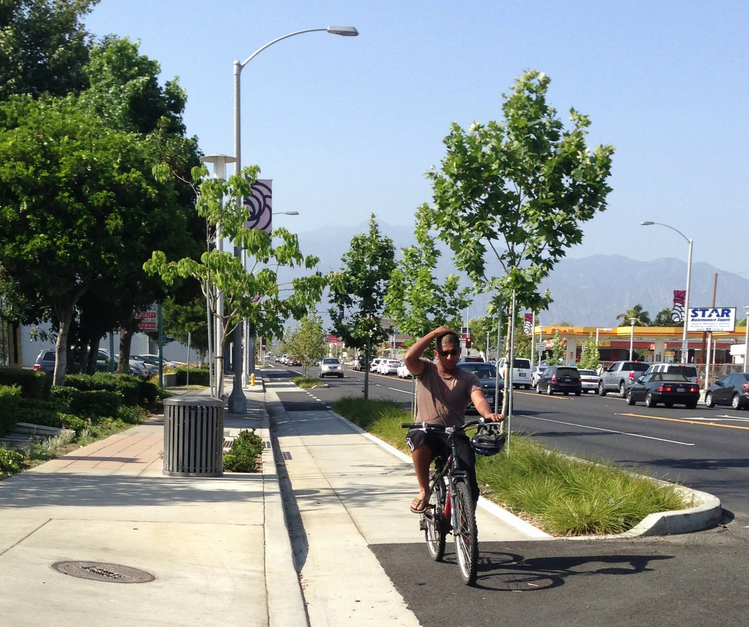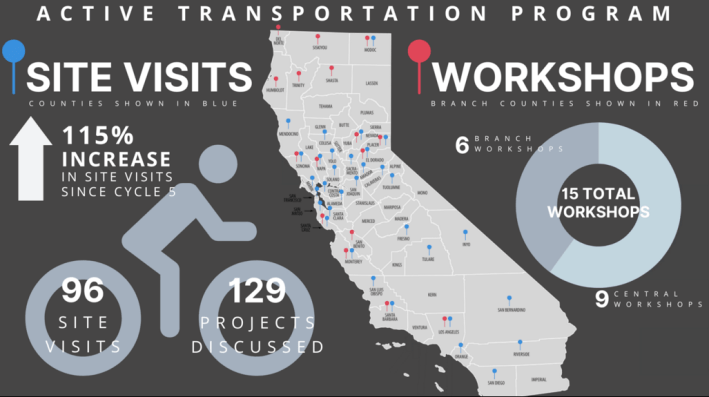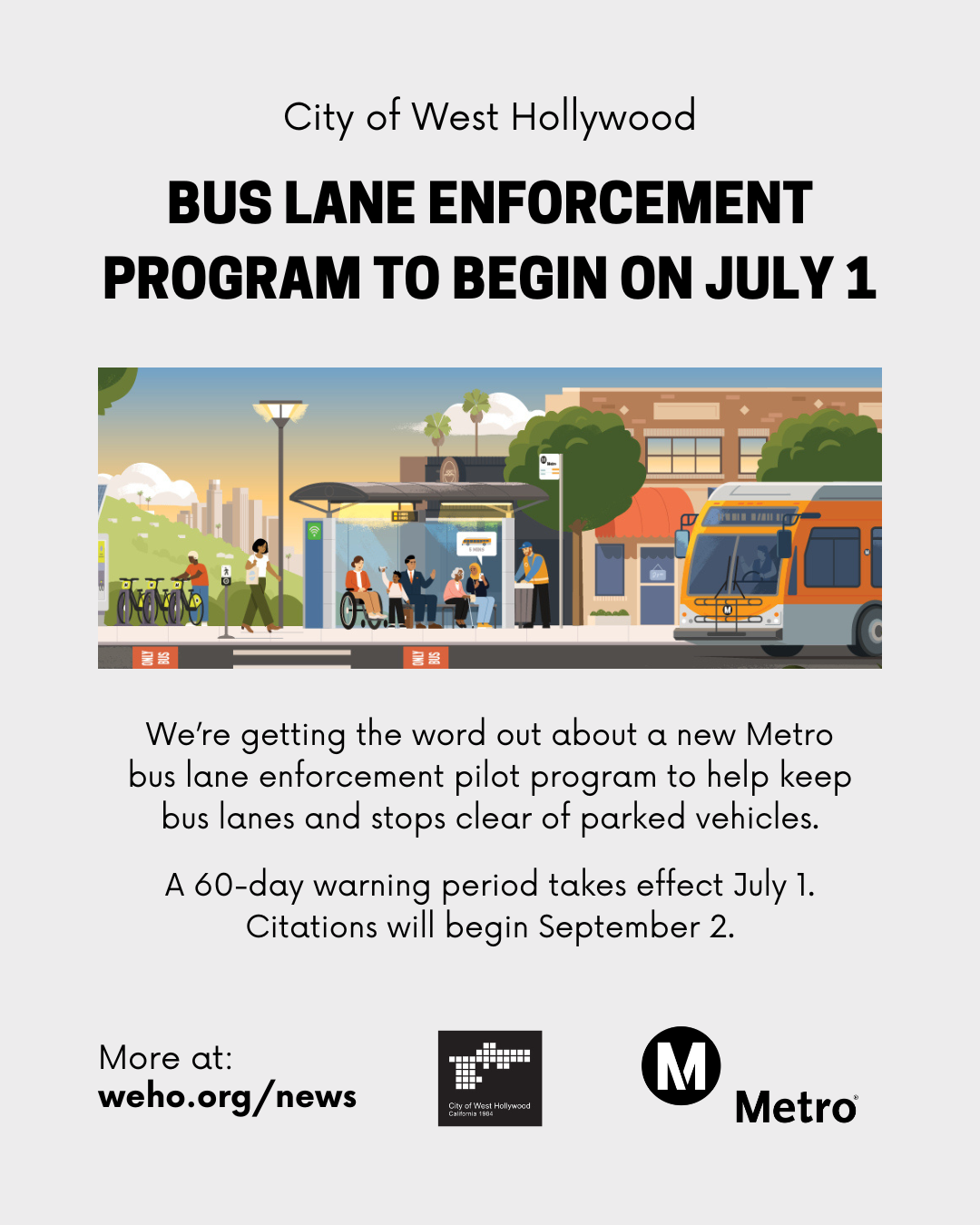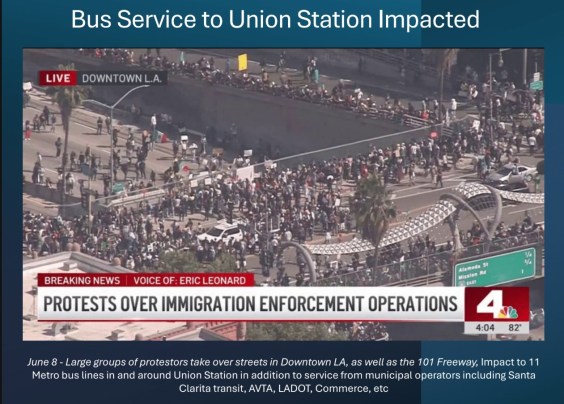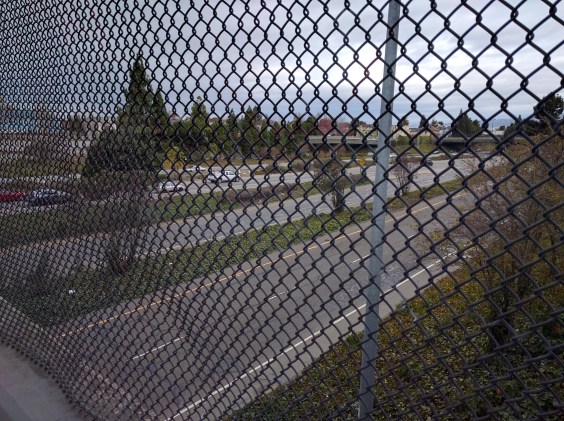At Thursday's California Transportation Commission meeting, commissioners heard an update on the current state of the Active Transportation Program Cycle 6, which closed its window for accepting applications on June 15.
"Normally we would give this update in August," ATP program manager Laurie Waters told the commission. Instead, staff did a fast analysis on submitted applications, anticipating that there would be potential additions to the ATP budget.
And there were. In addition to this week's state budget agreement added an extra $1.05 billion from the state's general fund surplus, the ATP also received an increase in funding from the federal Infrastructure Investment and Jobs Act this year. These are one-time increases for Cycle 6, which covers four years of funding allocations. The total amount available in Cycle 6 is $1.65 billion.
As of June 15, the CTC had received 432 applications for a total of $3.1 billion in funds, $1 billion more than what was requested in the last funding cycle. Eleven of the applications are for quick-build projects, 23 are for plans, and fourteen are for non-infrastructure programs such as education. Safe Routes to Schools projects, which could include programming and/or infrastructure such as bike lanes and sidewalks, are included in 255 of the applications.
Over time, both the number of applications and the size of the projects seeking funding have increased. In Cycle 6, 73 projects are requesting over $10 million, and 33 of those are asking for more than $20 million. The total costs of the projects seeking funding are over $4 billion.
Waters said that staff was planning to hold a meeting with stakeholders in the next few weeks to discuss the best way to allocate the extra money from the state. Some have argued that the easiest thing for everybody would be to resurrect Cycle 5's application list and begin awarding funding to some of the high-scoring projects that didn't make the cut-off because funding was so limited. Staff has not yet determined how many of the new applications might be resubmitted from Cycle 5, but that should become more clear soon.
CTC staff also presented an ATP engagement summary of the program's outreach efforts [PDF]. This included site visits (held virtually because of COVID) with cities and agencies that were considering applying for funds, as well as workshops to answer questions and provide technical assistance. The virtual site visits were tailored to provide agencies the opportunity to present their projects to staff and to ask questions regarding their projects or applications. Last fall, staff had been holding virtual site visits two days a week, but by March had begun holding them five days a week.
The meetings allowed staff to get a sense of the variety of active transportation solutions that cities are seeking, and to suggest improvements. Staff said that over time the number of people and agencies participating in site visits and workshops has increased by over 200 percent, and that these efforts have led to better communications, better feedback, better potential projects, better applications, and more applications as cities and agencies around the state learn more about the program.
"There has been a dramatic growth in active transportation infrastructure and planning for infrastructure across the state," said Elika Changizi. She said participants in the workshops ranged from those looking for specific answers and technical assistance to those "who have not been active seeking information for future cycles."
Commissioners warmly congratulated ATP staff for the robust outreach to potential applicants. "If you hadn't established such a great program, we would never have established the need for the $1 billion we just got," said Commissioner Joseph Lyou. "Being able to show we have a backlog of great projects demonstrates that the need is there."
Indeed, earlier in the meeting there was a discussion about a separate task being pursued by CTC staff: updating guidelines for various S.B. 1 (gas tax) programs. Staff said during that effort "the team took a page from the ATP team, holding office hours for potential applicants who had questions." Participants had expressed appreciation for the work, which not only takes a lot of time and effort but is very helpful, according to staff.
